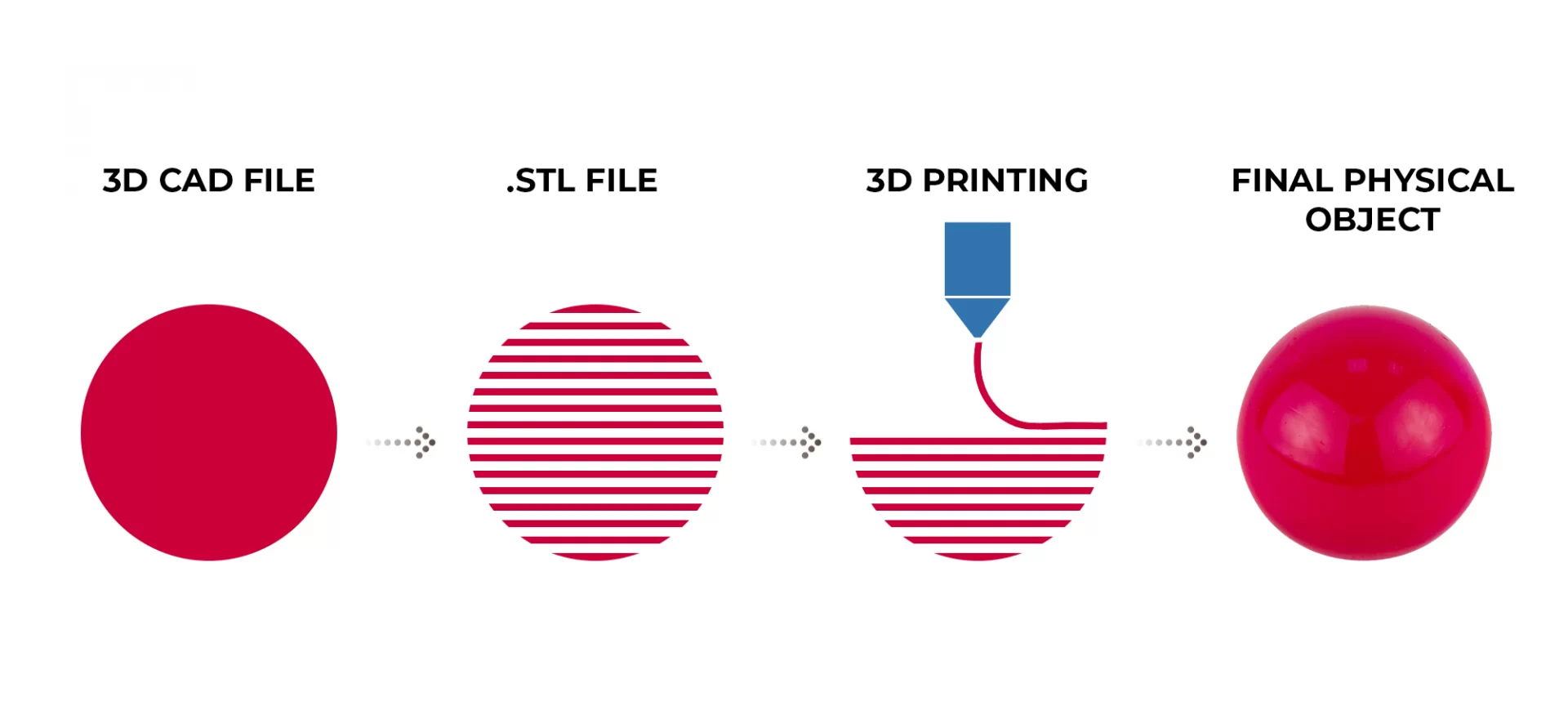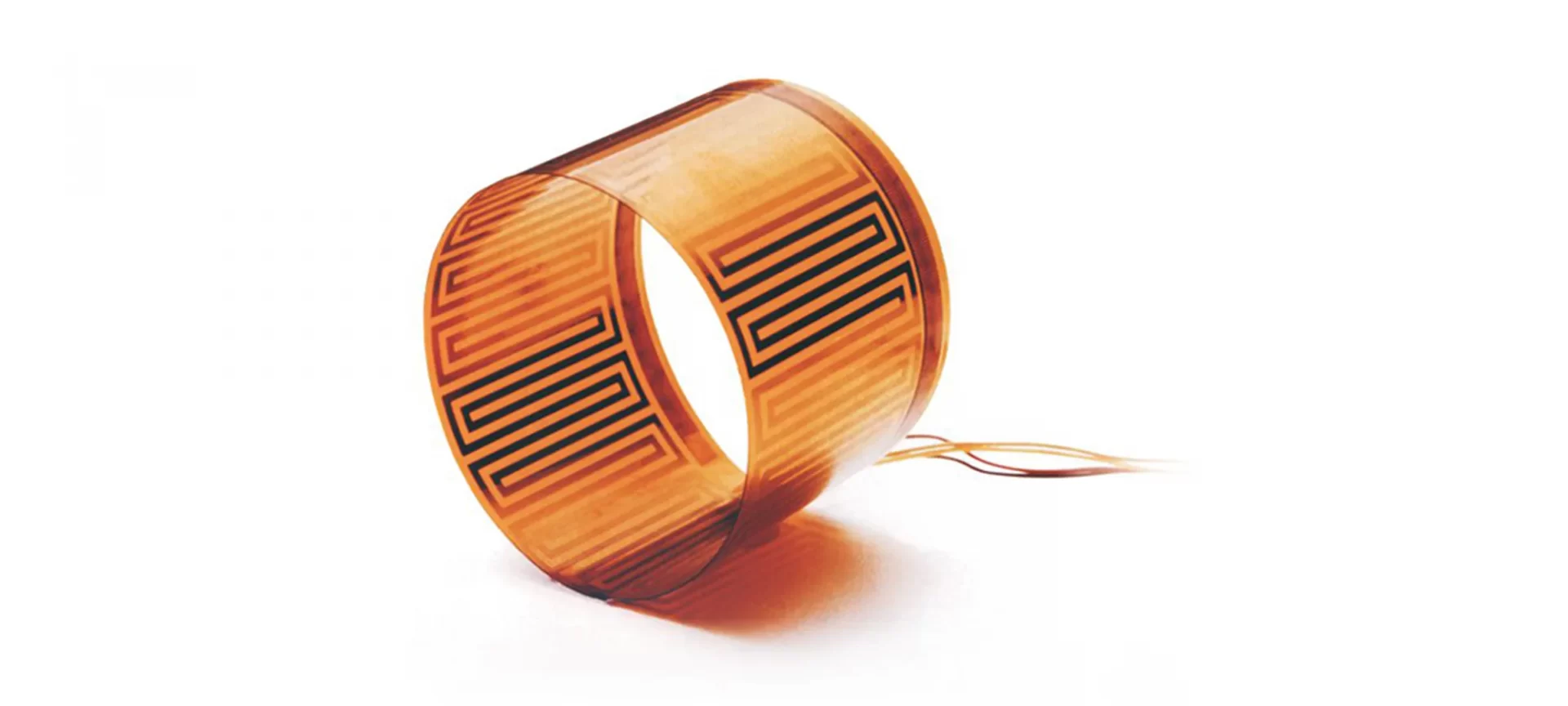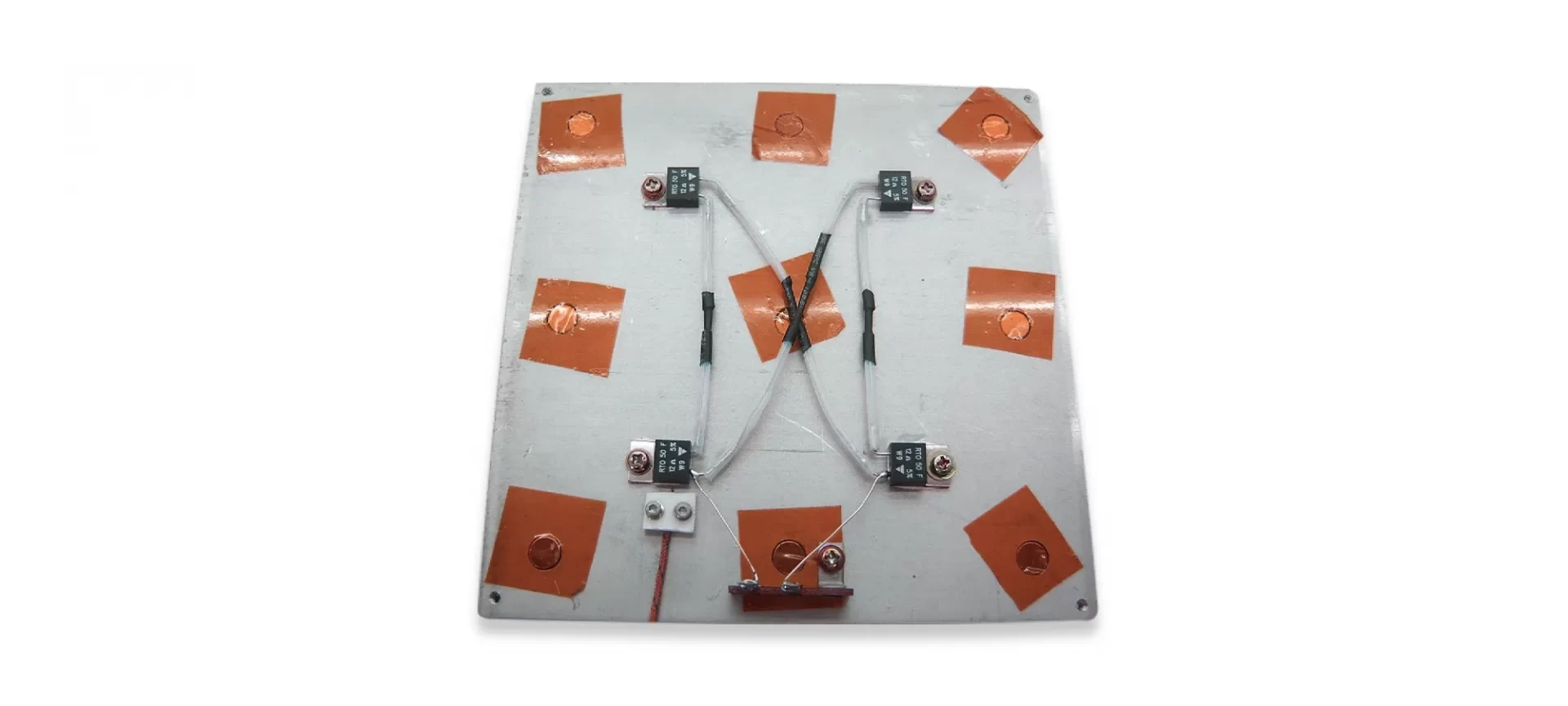With the advancement in 3D printing, a lot of new research and experiments have surfaced. Many of them are tailored towards finding the best way to increase the first layer adhesion.
And, we all know why it is so important. A 3D printer heated bed can handle that part pretty well. Although there are other alternatives to work with the first layer, nothing beats this one.
Most importantly, print beds are a very crucial part of the overall design of the machine. This is because, without a print bed, you won’t be able to create your models.
Hence, realizing how you can make the best use of it must be your first priority to know. Understanding the different types of heated beds and their usefulness would help you select the right device.
So, before we progress to explore everything about the heated bed, let us get an idea about what 3D printing is. Most of us already know about it, but a quick recap will only ensure that all our readers are on the same page.
What is 3D Printing?

We have been hearing about additive manufacturing or 3D printing for a long time now. There are few lucky ones who even had the chance to work with this technology. But it’s never late whenever you decide to do something.
3D printing has emerged as one of the most revolutionary technologies and is propagating to impact the entire ecosystem of manufacturing units.
But what the technology really entails or means? This is a process where the 3D printers create layers of 3D models, one over the other, to create a complete item.
There are various 3D Printing processes available. For instance, FDM, SLS, SLA, and many others. These differ in the way the layers are created and connected. However, the basics remain the same. The layers forms over each other to build the entire 3D model.
3D printing has made the creation of extremely detailed models and structures possible at much faster and affordable rates. But certain precautions need to be taken while using the printer to ensure the part being printed adheres closely to the desired specifications.
However, 3D printing comes with its own challenges. And, the biggest setback is when the layers rapidly heat and cool down.
One of the serious problems that occur because of such a process is wrapping. It changes the shape of the 3D model and deforms it. Hence, running the entire 3D printing project.
To cater to the problem, the 3D printer heated bed surfaced. These print beds are very successful in allowing the proper cooling of the layers.
At the same time, these help in controlling the temperature while the 3D Printing is in process. Hence, further resulting in proper bed adhesion.
What is a 3D Printer Heated Bed?
Coming back to the topic in the light, we must answer the question: What is a 3D printer heated bed? While we have already discussed in brief about the way heated beds are useful, let us find out more about them.
Heated Beds Using PCBs as Heating Element
A 3D printer heated bed design can differ. Among the most common types, the heated bed makes use of circuity boards or PCBs as the heating elements.
These are available with the budget 3D printers. However, these won’t last long if your 3D printing projects are complex and require frequent jobs with 3D printers. In short, they are meant for smaller projects that do not take much longer to complete.
The reason why these are not suitable for complex 3D printing is that the PCBs are made of copper s and aluminum strips.
And, these are susceptible to deformation when subjected to heat for longer periods. Over time, the heated beds will fail to do the task for which it was chosen in the first place.
There is one more problem that won’t be acceptable to many. These take a longer time for heating up. You can actually get rid of that problem. But you may have to spare some more bucks to get the larger power supply source connecting the bed.
Heated Beds Using AC Silicone Encapsulating Heated Element
One more type of heated bed is the one that uses AC silicone encapsulating heated elements. To design the arrangement, the heated element is stuffed between glass pieces and a thermal insulator.
This is to minimize the excess leakage of heat and to deliver the maximum amount of heat to the printing surface. Hence, realizing the efficient design for the creation of 3D printer heated bed.
Moreover, the electricity consumption is also less. And, they can work for longer without giving any trouble to the users.
You can 3D print without much hassle when using the heated bed with AC silicon encapsulating heated element. In addition, these are highly portable too. With all the right perks, it is worth spending a little more if your goal is to 3D print for long.
Working of 3D Printer Heated Bed
The 3D printer works by extruding the plastic filament over the printed bed. Right after coming out of the extruder, the filament starts cooling.
As we all know, with cooling shrinkage comes hand in hand. The problem arises when the layer does not cool consistently at all points. This leads to uneven shrinking and ultimately, warping of the entire 3D model.
To avoid plastic from cooling at different rates at varied points, heated beds were introduced. The job of the 3D printer heated bed is to make sure that the parts do not cool completely unless the printing is still in process. This allows for a more even shrinking process.
In short, the heated beds mainly take care of two things. First of all, by increasing the surface energy of the print bed, the heated bed strengthens the bonding of the top layer.
Plus, it ensures that the bottom layer stays hot enough for avoiding the warping issue in any stage of the 3D Printing process. Hence, the heated bed maximizes the efficiency and avoid excessive cooling of the layers.
When the filament is deposited on the print bed through the extruder, it carries with itself a certain degree of heat. For the best results, the heated bed temperature must be below the glass point.
This is to turn the liquid filament in solid form. The temperature sensor is responsible for maintaining the required heat of the print bed.
You may have to go through a few trial and error to understand the correct calibration of your machine based on the filament you use. This is because the melting point of filament differs widely.
Few 3D Printer Heated Bed DIY Designs
We have already discussed the most basic one before. Let’s elaborate on the topic a little bit.
Apart from the PCB and AC Silicon encapsulating heating element, there are other DIY designs to replace your non-heated bed with a heated one.
Polyamide Film Heater

Polyamide which we also call Kapton is already providing huge benefit as a tape for print surfaces. These are best when used with PLA filament.
By providing efficient heat resistance, and high adhesion for printing with PLA, these are already very popular. These also help in increasing the surface finish of the 3D models.
However, you may not know that when coupled with a heating element which when sandwiched between two films of Polyamide you can come up with a Polyamide film heater.
Plus, they are simple to install as well by adding an adhesive to the back. These heat up really fast.
Moreover, these can be prepared in different shapes and sizes. And, are easily portable. Hence, a great choice for many 3D printing experts as well as beginners.
3D Printer Aluminium Clad Heater

If you are looking for the most effective as well as the inexpensive solution, this is what you must look for. However, do not forget, you may have to go through more steps for installing these heaters to your 3D Printer.
Not to forget, you must also require to screw these onto a surface. Usually, users suffice the arrangement with a stainless steel or 3D printer aluminum heated bed.
Later, you must complete the electric circuit arrangement using a thermistor and an insulator. It is the best way to go about it even if you do have any temperature sensible elements stuffed under the print bed.
Last but not the least, a thermal paste must stay between the clad heater and the build surface. This further enhances the healing process and brings more perks for the users.
Do I Need A Heated Bed?
Because a lot of 3D printers do not have a heated bed, the question is: Is heated bed required? It is okay to be attentive to the details.
You may have heard that PLA does not need a heated bed to work with. Or, you may also have listened about printing ABS only with a printed bed. But what is the actual story?
You do need a heated bed when 3D printing with ABS material. But why is that so? ABS has the characteristic to contract more than other filaments.
Hence, the chances of warping become higher when printing with ABS. However, with the inclusion of a heated bed, the material finds it easy to attach to the bed surface, while reducing the chances for contraction.
Now, what about PLA. Do we require a heated bed or not? In the case of PLA, we do not always need a Heated Bed. However, if you wish to 3D print is longer, or the bottom surface is larger, it is better to use a heated bed to eliminate the chances of probable problems.
Not just that, you must also understand the optimal temperature that you must maintain when working with different materials.
For instance, when working with ABS, you must heat your print bed to 110°C. On the other hand, PLA can be settled for a lesser temperature of around 60°C.
It is very easy to set the temperature of the heated bed with the help of the 3D Slicer. So, you can make the changes as and when required.
Caution to Take When Working with Heated Beds?
Heated beds are maintained at a very high temperature. Though we cannot get rid of them because of the many benefits they add to the printing process, we must take the necessary precautions to work around them.
Users must carefully avoid injuries by staying alert and following preventive measures.
These heated beds, when it comes in contact with the skin can end up leaving scars for life. These are very hot and you must avoid any direct contact with the print surface.
If you have kids around, you must take the necessary precautions when working with the 3D printers. If possible, you can go to the closed chamber.
This would anyway help to enhance the 3D print results by letting you maintain a consistent temperature around the build surface.
You may get yourself in other problems when the heated bed is not installed properly. In case, the legs of the bed aren’t positioned evenly, or the bed isn’t placed on a uniform surface, it would lead to imperfection in the 3D models.
It is a good idea to purchase the 3D printer with its own heated bed that comes with the package. This is to ensure that the two combos work together in harmony.
Or else, you may find it difficult to fit the parts from different vendors together because of the difference in the temperature gradient.
The Conclusion
It is a very common mistake that we make when avoiding to look for more details about the crucial components of the 3D printer. But we must not do that.
3D printers are expensive and before buying one, we must understand what we should look for, depending on our needs.
And, even if a 3D printer heated bed seems to be something not needed at the moment, it may help you stretch your goals later.
So, understand the benefits of the same and look for 3D printers that offer a heated bed already.







